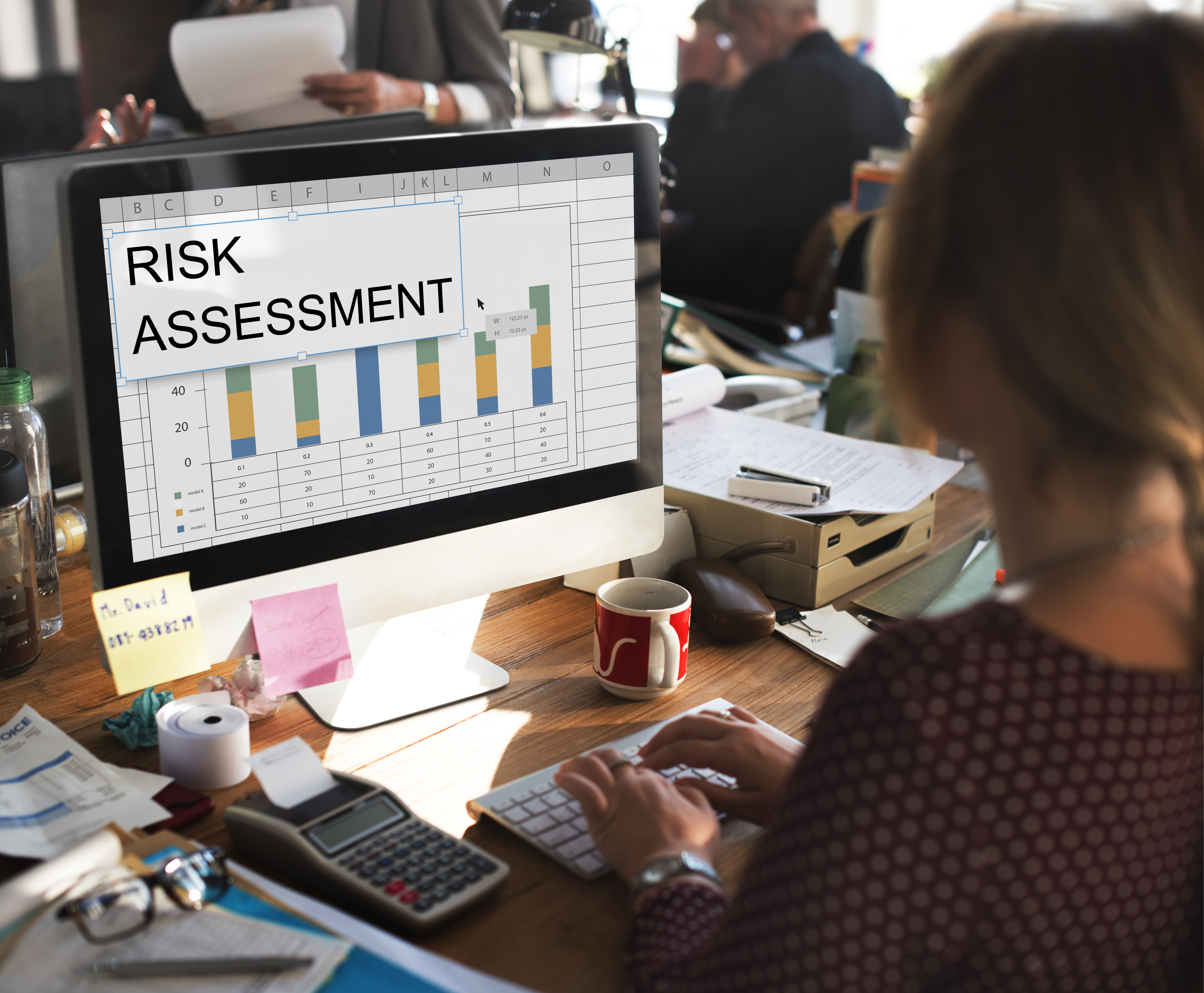If you were to conduct a Due Diligence of a company/business, what aspects and areas would you cover? How will you start with it? Yes, I know, what you are thinking – What is the purpose of that Due Diligence? What does that company do? How detailed does it have to be? Well, these are the right questions to be asked.
But for the sake of understanding, which areas would be covered on a broad level? To start with, here is a brief list of the areas to be analysed and the basic questions that should be answered:
- Financial Due Diligence: Company’s past financial performance is reviewed. Its future performance is anticipated based on several factors and assumptions. Working capital requirements, cash positions, loans, assets value, expense requirements are studied. Basic questions answered – What is the value of the company? Are the financial projections realistic? What are the future financial needs of the company?
- Legal Due Diligence: The ownership structure of the company is studied. All contracts entered into by the company with employees (including ESOPs), lenders, lessors, lessees and others are reviewed. Title deeds of assets like land, IPR (trademarks, patents etc) are reviewed. Basic questions answered – Are there any hidden liabilities? Does the company own valid title to its assets? Does the company comply with all applicable laws (including tax, company and labour laws)? How much penalty could arise due to any non compliance? Any pending legal suits and their potential settlement claims?
- Operational Due Diligence: The processes associated to the operation of the company are studied. Documents defining business relationships with suppliers, customers, distributors are studied. Basic questions answered – Are internal control procedures of the company strong enough? Is the supplier, distributor and customer base of the company loyal? What are the distribution channels of the company?
- Strategic Due Diligence: This involves studying the business model, strategic plan and thinking process of the Company. Basic questions answered – What is the ‘strategy’ of the company? What is the future vision of the company? How does the leadership see itself placed in the industry? Why do they think the company is valuable?
- Personal Due Diligence: Org Chart of the management, a Bio/Resume for each executive and critical employee is studied. Their compensation contracts are reviewed. Basic questions answered – Are they paid significantly above the reasonable compensation? Are there any undocumented oral agreements on future perks with these employees? Is any of these executive unhappy with the deal?
These are the critical areas which should be carefully studied and reviewed as part of a Due Diligence activity.
Tofler’s company reports can be of help here by providing information on:
- Financial performance for last years (also presented in charts for easy analysis)
- Performance, leverage, working capital and liquidity ratios
- Current directors, key employees and ex-directors
- Other directorships of the company’s directors. This can help you assess the focus of the directors. In addition, the performance of other companies can be a good clue to the effectiveness of these directors.
- and more.






